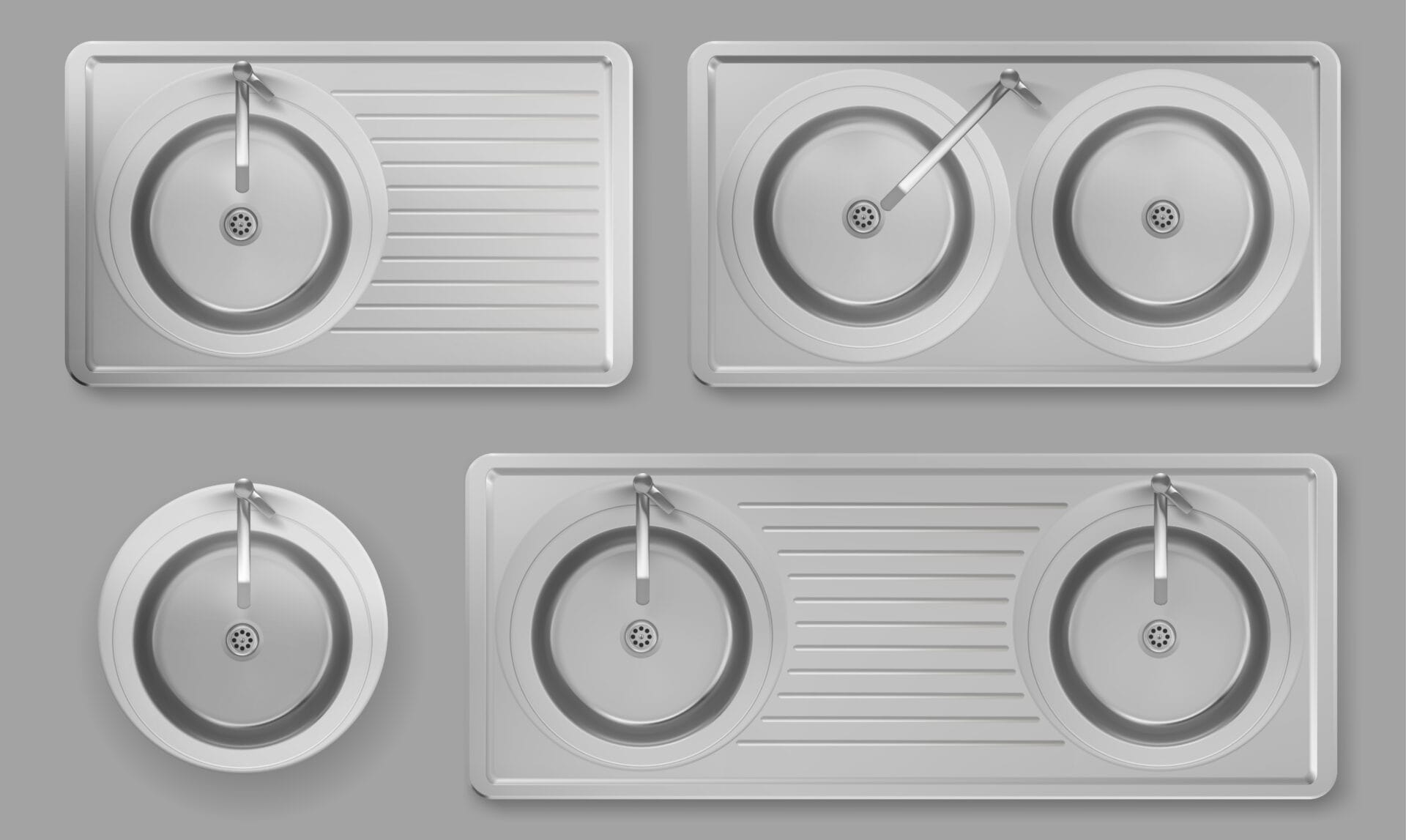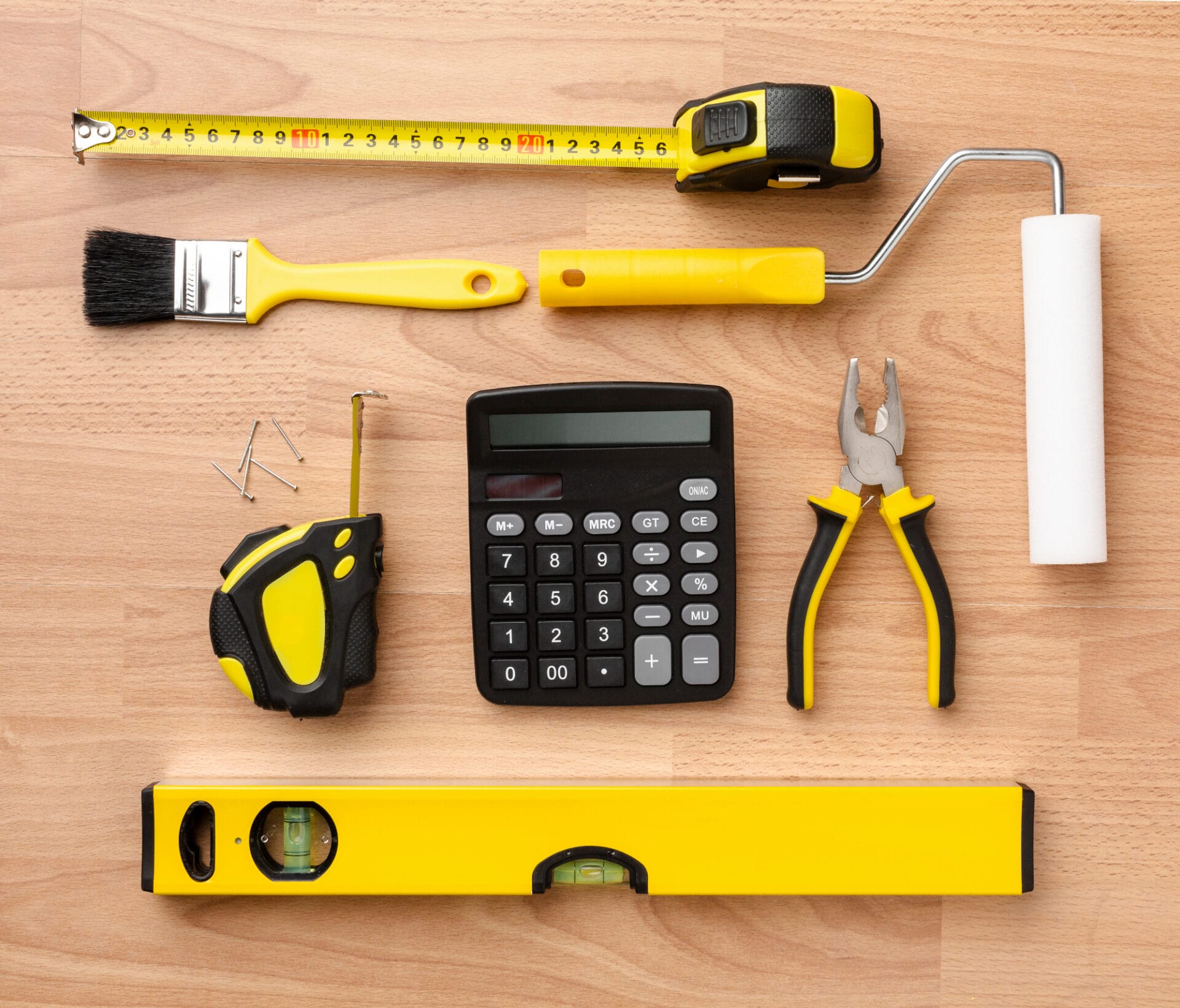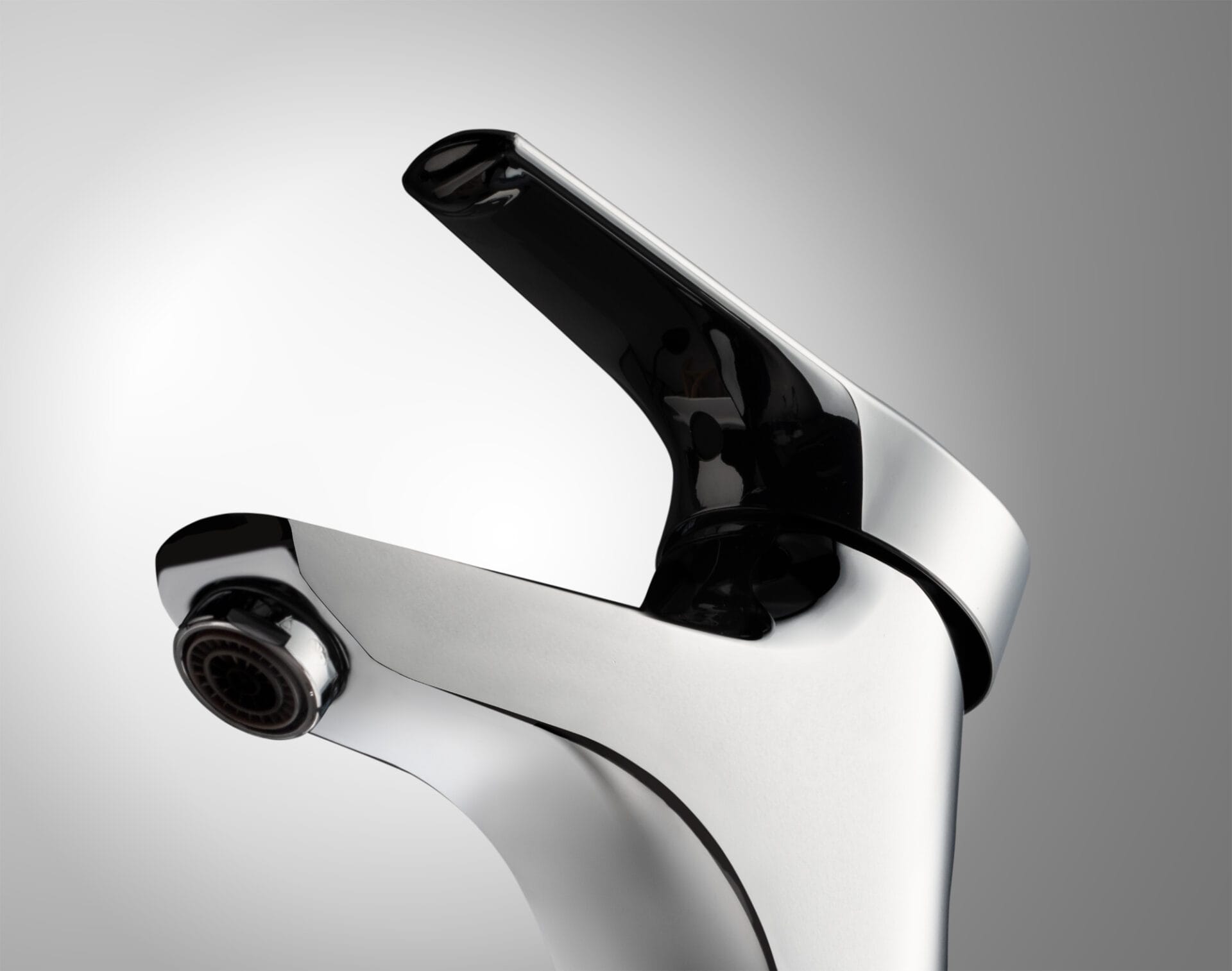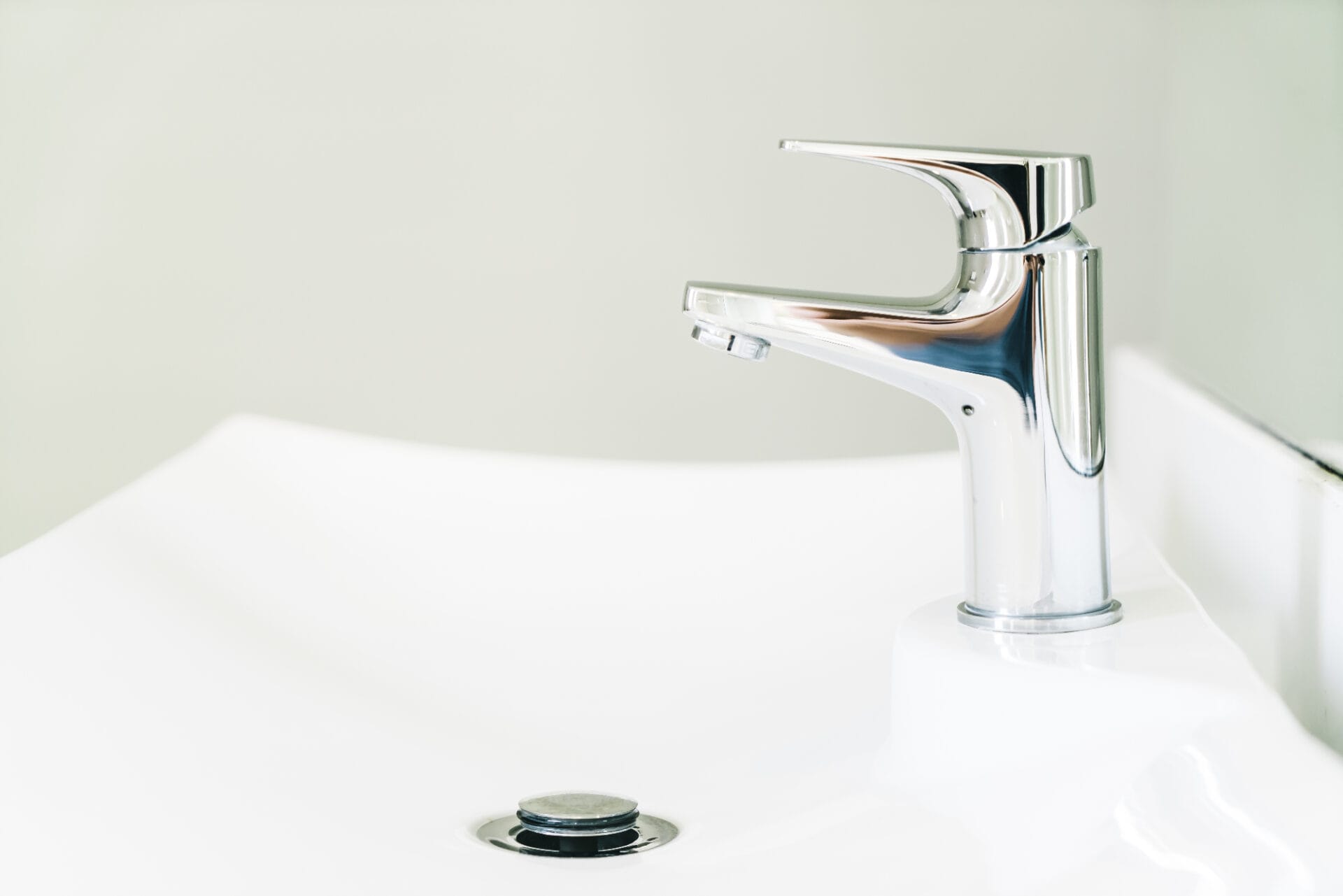
Dual-Handle vs Single-Hole Faucets: Which to Choose?
Choosing between a dual handle faucet and a single hole faucet may seem like a small decision but in bathroom
Renovating your kitchen or bathroom means picking the perfect faucet. But first, make sure it fits your sink’s hole size. Sinks come in different sizes, and picking the right one is key for a smooth installation. This guide will help you understand sink faucet hole sizes, so you can make the best choice for your home.
Choosing a new faucet for your kitchen or bathroom sink is important. The size of the holes in your sink matters. It determines which faucets will fit right and work well. Knowing the standard sizes and what affects them helps you pick the right faucet for your sink.
The usual faucet hole size is about 1 3/8 inches in diameter. This size fits many faucets for both kitchen and bathroom sinks. But, some faucets need a hole that’s 1 1/2 inches in diameter. Always check your faucet’s specs to make sure it fits your sink’s hole size.

Several things can change the right faucet hole size for your sink, including:
Understanding these factors and the standard sizes helps you choose a faucet that fits your sink perfectly. This ensures your kitchen or bathroom faucet works well.
Getting the right measurements is key when picking a new faucet. You need to measure your sink’s faucet holes accurately. This requires the right tools and a clear step-by-step guide for reliable results.

A set of vernier calipers is essential for measuring faucet holes. These tools let you measure the hole’s inner diameter to a small fraction. They are more precise than a ruler or tape measure, ensuring you get the right dimensions for your faucet.
To measure your sink’s faucet holes accurately, follow these steps:
By following this guide and using vernier calipers, you can confidently find your sink’s faucet hole sizes. Then, you can choose a faucet that fits perfectly in your kitchen or bathroom.
Choosing the right faucet for your kitchen or bathroom sink is key. The number of holes needed varies with the faucet type. You might need just one hole for simple designs or more for extra features.
Single-hole faucets are popular for their clean look. They need only one hole, perfect for small sinks or saving counter space. These faucets combine the spout and handle into one piece, making them sleek.
Three-hole faucets are a timeless choice. They have a central hole for the spout and two for the handles. This setup is flexible, fitting many design styles, from classic to modern.
Some faucets need more holes for features like side sprayers or soap dispensers. These extra holes are usually placed next to the main holes. This arrangement makes the faucet both functional and stylish.
It’s important to match your sink’s hole configuration with your faucet choice. Measure your sink’s holes or plan your new sink’s layout. This ensures your faucet fits well and works as you need it to in your kitchen or bathroom.

Single-hole faucets are becoming more popular for kitchens and bathrooms. They have a sleek design and are easy to install. These faucets fit into one hole in the sink or countertop. It’s important to think about compatibility, hole size, and function for a good installation.
Single-hole faucets are simple. They only need one hole, unlike other faucets that need more. This design looks good and makes cleaning easier because there are fewer places for dirt to hide.
When installing, make sure the hole fits the faucet’s base plate. Most faucets fit holes that are 1-3/8″ or 1-1/2″ in diameter. Always check the faucet’s specs before buying. If the hole is too small, you might need to make it bigger. An oversized hole might need a cover plate for a clean look.
Think about the faucet’s design and function too. Some have high-arc spouts for filling big pots, while others are better for smaller sinks. Also, consider the finish and any extra features like pull-down sprayers or touchless technology.
By considering these points and measuring your sink’s hole, you can get a faucet that looks and works well for years.
Installing a three-hole faucet in your kitchen or bathroom sink requires careful thought. The spacing and placement of the faucet holes are key. They make your setup look good and work well. Let’s look at the standard spacing and why centering the faucet is important.
The spacing between the handles and the spout is crucial. It affects both looks and function. The standard is about 4 inches between the handles and 8 inches between the outer holes. This spacing makes the faucet easy to use and looks balanced.
But, spacing can change with different faucet models. Always check the manufacturer’s specs and instructions. This ensures your faucet fits perfectly and works well in your sink.
Where you place your faucet is also important. Centering the main hole in the sink basin is best. It makes your sink look balanced and ensures the spout is in the right spot for water flow.
When installing, measure and mark the sink’s center carefully. This helps drill the holes right and centers the faucet. A centered faucet looks better and makes your space more comfortable and functional.
Wall-mounted faucets are stylish and save space. But, they need special spacing to work right and look good. Unlike faucets on sinks, these faucets need exact hole placement for function and style.
The spacing needed for wall-mounted faucets changes with each model. Important things to think about include:
For correct spacing, always follow the manufacturer’s guide. These guides help you find the right spot for the holes. They consider the faucet’s design and your sink’s layout.
The faucet’s placement is also crucial for a nice bathroom. Think about the faucet’s height and how easy it is to use. This ensures your bathroom looks and works well.
Getting the spacing and placement right makes your bathroom look modern and work better. Knowing how to place wall-mounted faucets lets you create a beautiful, efficient space that shows off your style.
When you put a vessel sink in your bathroom, you need to think about faucet hole sizes. Vessel sinks sit on top of the vanity. They need special attention for faucet placement and work.
Vessel sinks come in many materials, shapes, and sizes. Each one has its own charm and style. But, before you fall in love with a sink, check if your vanity top fits the faucet holes. The hole size and spacing for vessel sinks are different from standard sinks.
Always check the manufacturer’s specs for your vessel sink. Good manufacturers give clear info on faucet hole sizes and spacing. You can find this info on the packaging, website, or installation manual.
When looking at the manufacturer’s guidelines, focus on these points:
Following the manufacturer’s advice helps avoid problems like unstable faucets or water splashing. The right faucet hole size and placement make your sink work better and look great.
Mini faucets are great for small spaces. They fit well in tiny bathrooms, RVs, or bar sinks. These faucets are small but still work well, adding a modern touch.
When installing a mini faucet, measure the space carefully. Make sure the faucet fits right. This step helps avoid any problems later.
Choosing the right mini faucet is important. It should match the sink’s size well. A well-chosen faucet makes your sink look good.
Mini faucets have many benefits:
Look for mini faucets from trusted brands. The right faucet and careful planning can make your small sink look great.
When you install a new faucet, you might find extra holes in your sink. These holes can make your sink area look less polished. But, there are easy ways to cover them up. Using hole covers or deck plates can make your sink look clean and neat.
Hole covers and deck plates are made to hide extra faucet holes. They come in many finishes, so you can match them with your faucet and sink. You can choose from chrome, brushed nickel, oil-rubbed bronze, or stainless steel.
Putting in hole covers or deck plates is easy. They usually screw or snap into place, sealing the holes. This keeps water and debris out. When done right, they make your sink look like it never had extra holes.
Hole covers and deck plates also protect your sink. They keep the holes from getting damaged or corroded over time. By covering the holes, you help your sink last longer and stay in good shape.
When you buy hole covers or deck plates, measure your holes carefully. This ensures they fit right. With the right one, you can make your sink look new and stylish in your kitchen or bathroom.
Installing a new faucet or updating your sink might mean drilling new holes. This task needs careful planning, the right tools, and a steady hand. Here are some key tips and precautions for drilling faucet holes in your sink deck.
Start by getting a high-quality hole saw for drilling faucet holes. A sharp, durable hole saw makes the job easier and prevents damage. When drilling, go slow and apply gentle pressure to avoid accidents.
Measuring accurately is key when drilling new holes. Use a template or guide to mark the hole locations. Check your measurements to ensure the holes are aligned and spaced right. Aim for a hole thickness of 1/4 to 1/2 inch for stability and to prevent leaks.
Drilling holes safely is important. Wear protective eyewear and gloves to avoid injuries from debris. Secure the sink or countertop to prevent it from moving while drilling. Use a spray bottle with water to cool the hole saw and reduce dust.
Keep a firm grip on the drill and apply steady pressure while drilling. Remove the hole saw often to clear debris and prevent overheating. If you hit resistance or the hole saw gets stuck, don’t force it. Instead, back out the hole saw and try again.
By following these tips and being careful, you can successfully change your sink to fit your new faucet. Take your time, measure well, and focus on safety for the best results.

Choosing the right faucet for your kitchen or bathroom sink is key. Make sure it fits your sink’s hole size and layout. Most faucets need a hole diameter of 1-1/2 to 2 inches. Always check your faucet model’s specs before buying.
If you’re updating your faucet, measure the sink hole carefully. Think about the current hole layout too. This helps you find a faucet that fits perfectly without extra work.
Some faucets, like wall-mounted or vessel sink faucets, need special spacing. Always check the manufacturer’s advice to match your sink’s size and layout.
Considering sink hole diameter and faucet compatibility makes installation easier. It ensures your faucet works well and looks good too.
Knowing the size of sink faucet holes is key when picking and installing faucets. You need to measure your sink’s holes accurately. Also, think about the sink’s depth and if the faucet will fit.
Whether you have a single-hole, three-hole, or wall-mounted faucet, it’s important to get the hole spacing right. This ensures your faucet works well and looks good. If you find extra holes or need to drill new ones, there are ways to cover them up or do it safely.
This guide has given you the tools to measure your sink’s holes, pick the right faucet, and install it. With the right info and tools, you can do your faucet installation project with confidence. You’ll have a faucet that fits perfectly, works well, and looks great in your home.

Choosing between a dual handle faucet and a single hole faucet may seem like a small decision but in bathroom
Receive your order to your door address anywhere in the world using our shipping partners
You're covered by our 30 days return policy
Big part of our reviews testifies about the quality of support provided
Secured payments using renowned payment gateways